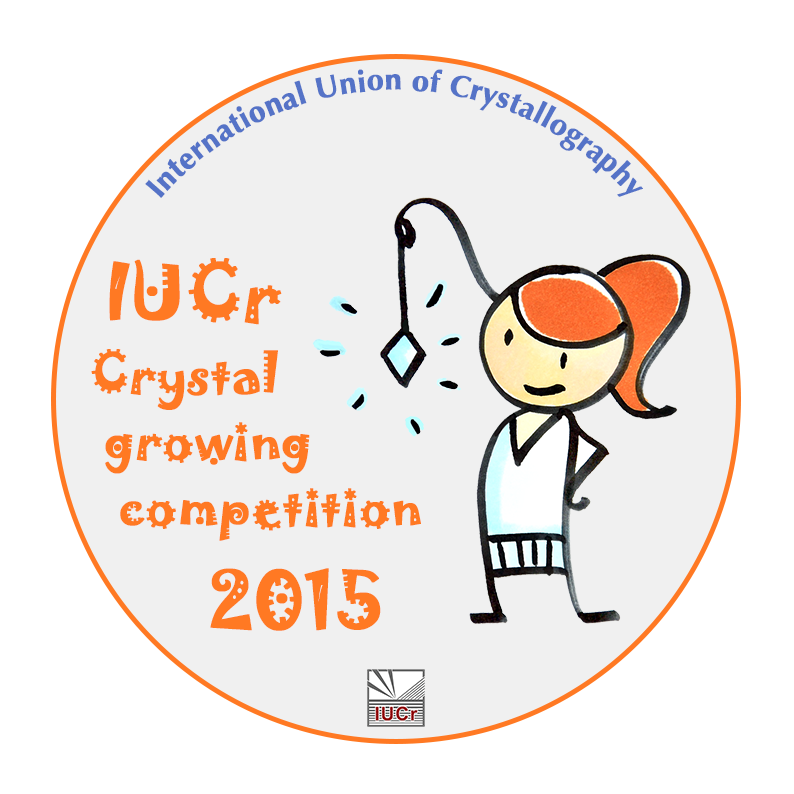
Popular Articles
- Earliest molecular events of vision revealed
- Dynamics and Kinetics in Structural Biology
- XFEL Pulses Demonstrate How Plants Perceive Light
- Structural biology is solved -- now what?
- BioXFEL Postdoctoral Fellowship Award
Archived Articles
- Details
- Monday, 06 July 2015

Following the great success of the IYCr2014 competition, the IUCr announces the 2015 edition of a worldwide competition, open to all schoolchildren, to introduce students to the exciting, challenging and sometimes frustrating world of growing crystals. The winners will be those who most successfully convey their experiences to the panel of judges in a video report.
Original competition details published here. Detailed video instruction on how to grow a crystal can be found on this website.
2015 IUCr Crystal Growing Competition for Schoolchildren
How to participate?
The aim of the competition is to convey your experience of growing crystals through a video. The following guidelines are applicable:
- maximal duration: three minutes
- format: mpeg, avi or mov, or hosted on a public video platform (e.g. YouTube, Vimeo)
Each contribution should clearly show or mention the experimental work carried out by the participants during the growing of their single crystals (compounds and methods used are free of choice). Furthermore the contribution should reflect in a creative way on the experimental work and theoretical background and/or applications.
Important dates
- Closing date for submissions: 22 November 2015
- Notification of winners and launch of 2016 edition: 29 January 2016
Rules
- The competition is open to students of primary or secondary schools; maximum age 18.
- Videos submitted to local competitions during 2015 can be also submitted to the IUCr competition
- Language: mother language of participant or English.
- A maximum of one entry may be submitted by any individual or team.
- The judging panel will be nominated by the International Union of Crystallography. The decisions of the judging panel are final.
Categories
- under 11 (primary school)
- 11-15 (high school middle forms)
- 15-18 (high school upper forms)
Prizes
The winning contributions in each category will receive 'Young crystal growers' certificates and medals.
Criteria for Evaluation
A panel of judges will evaluate the entries. The following criteria will be used: creativity, aesthetic value, description of working plan and experimental work, clarity of explanations and scientific background.





